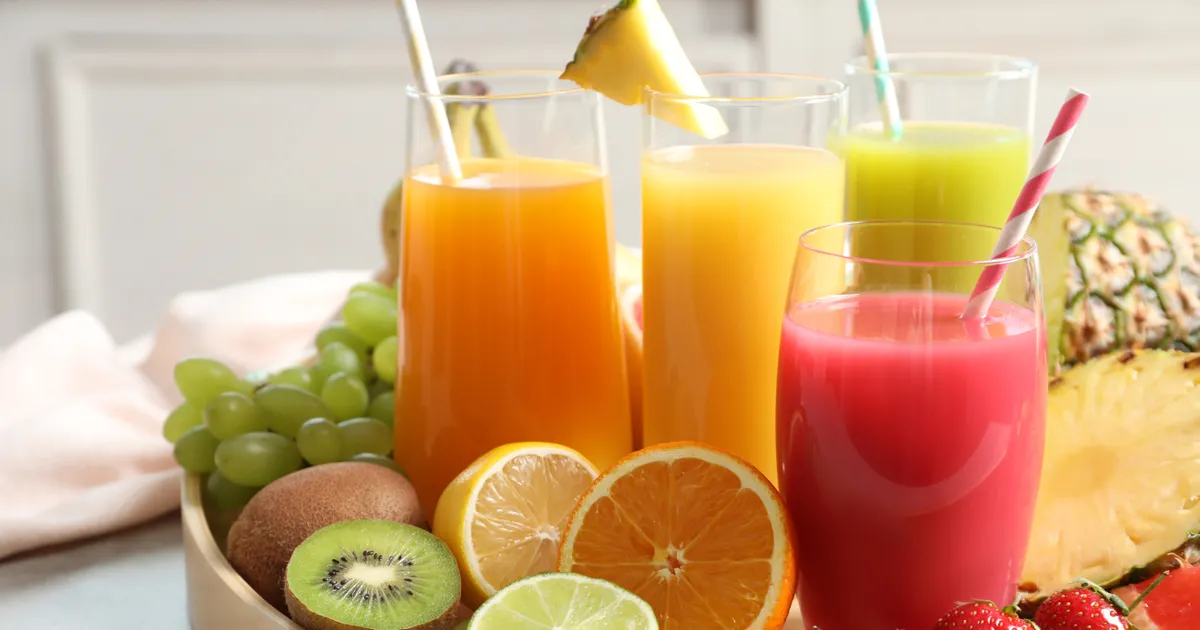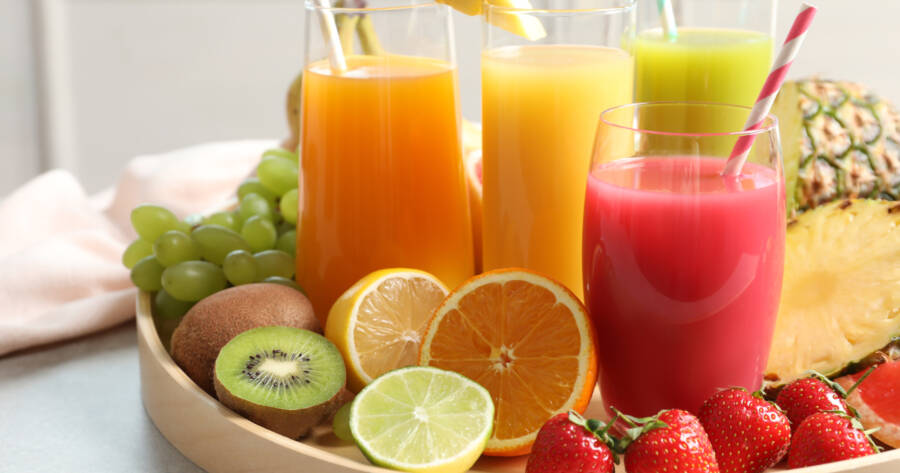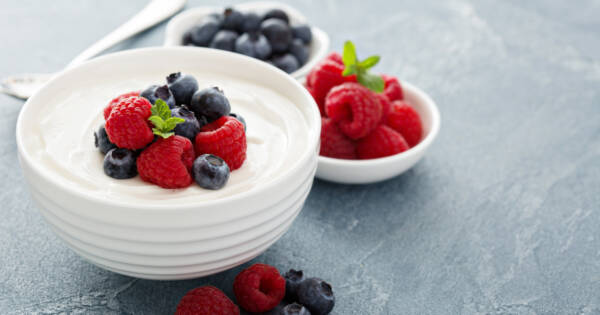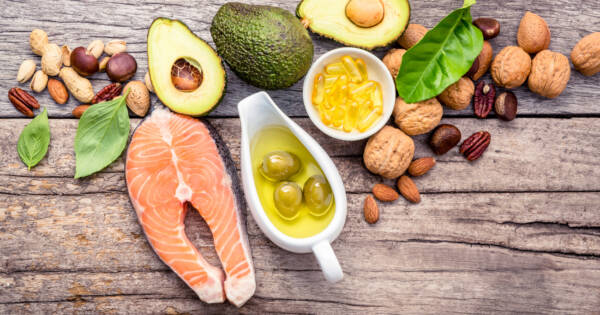Key Takeaways
- Juicing involves extracting the juice from the fibers, thereby providing a concentrated dose of vitamins, minerals, and antioxidants.
- With the right knowledge, a bit of practice, and the right tools, juicing can be a rewarding and delicious journey.
- Balance is key, as juicing is not a cure-all or a substitute for a healthy diet.
In the vibrant world of nutrition, juicing has emerged as a popular practice, acting as an ally for those seeking wellness and health. Known to be an efficient way of absorbing the nutrients and vitamins present in fruits and vegetables, juicing has attracted attention for its potential benefits. If you’re a novice preparing to embark on this colorful journey, you can find vital knowledge and safety tips about juicing with an online search right now.
Understanding the Basics of Juicing
Juicing is more than just squeezing out the liquid from fruits and vegetables. It involves extracting the juice by separating it from the fibers. This process retains most nutrients, providing a concentrated dose of vitamins, minerals, and antioxidants. Juicing can be an excellent source of:
- Vitamin A
- Vitamin C
- Vitamin K
- Calcium
- Folate
- Iron
- Potassium
A juice-only diet, on the other hand, involves consuming only fruit and vegetable juices for a certain period. This form of dieting (also commonly known as a juice cleanse or juice fast) is often used for weight loss or detoxification purposes. There are risks associated with such a diet, which will be touched on later in the article.
Choosing the Right Equipment
The choice of a juicer significantly impacts the quality of juice produced. Centrifugal juicers, the most common type, are easy to use and relatively affordable. They, however, introduce heat and oxygen, which can degrade nutrients.
Masticating juicers or slow juicers, while more expensive, minimize oxidation and preserve more nutrients. They are also more efficient at extracting juice, especially from leafy greens. Personal needs, budget, and juicing frequency should guide your selection.
Selecting Produce for Juicing
A colorful variety of fruits and vegetables ensures a broad spectrum of nutrients in your juice. Go for deep-colored produce as they often pack more nutrients. Spinach, kale, beetroot, and carrots are popular for their high nutritional content.
Remember, fresh and organic produce is always the best option. Wash thoroughly before juicing to remove any residues or impurities.
Balancing Fruit and Vegetable Juices
While fruit juices taste good due to their natural sugars, they can lead to spikes in blood sugar levels if consumed excessively. On the other hand, vegetable juices are lower in sugar and rich in nutrients.
It’s essential to maintain a healthy balance between fruits and vegetables in your juice. Try using fruits as sweeteners for vegetable-based juices. For instance, adding an apple or a pear can make kale juice more palatable.
Savoring the Nutritional Value
When you juice, consume it as soon as possible to get the maximum nutritional benefits. The longer juice is exposed to air, the more nutrients it loses due to oxidation.
If immediate consumption is not possible, store it in an airtight container and refrigerate. Even then, try to drink it within 24 hours. Another key tip is to drink juice on an empty stomach, as this allows for better absorption of nutrients.
Juicing Safely
While juicing has many benefits, it is crucial to remember safety. Certain produce like rhubarb leaves and bitter almonds contain substances that can be harmful when consumed in juice form.
Raw juice is also more susceptible to bacteria, so it’s necessary to practice good hygiene during preparation. Pregnant women, elderly people, children, and individuals with weakened immune systems should consult a healthcare provider before starting a juicing regimen.
Risks to Consider When Juicing
While juicing can provide a concentrated source of vitamins and minerals, it’s not without its risks – especially when the regimen is maintained over the long term. Here are some potential issues to be aware of:
Nutritional deficiencies: Juicing removes the fiber from fruits and vegetables, and juice alone doesn’t provide the range of nutrients the body needs to function optimally. A juice-only diet could potentially lead to deficiencies in protein, essential fatty acids, and other nutrients that come from whole foods.
Blood sugar spikes: Juicing primarily fruits can result in a high-sugar beverage. Consuming these regularly can lead to spikes in blood sugar levels, which could be especially problematic for people with diabetes or insulin resistance.
Caloric intake: Despite their healthy image, some juices can be quite high in calories, which could contribute to weight gain if consumed in excess.
Overconsumption of certain nutrients: While getting lots of vitamins and minerals might sound like a good thing, in some cases it can actually be harmful. Consuming too much of certain nutrients, like vitamin A or potassium, can actually be detrimental to one’s health.
It’s essential to remember that juicing should complement a balanced diet, not replace it. Many juice-only diets promise a healthier lifestyle or “detoxification”, but they should be approached with caution. If you’re considering a juice-only diet or cleanse, it’s a good idea to speak with a healthcare provider or a registered dietitian first.
The Elixir of Healthy Living
Transitioning from a novice to a juice guru may seem overwhelming. However, with the right knowledge, proper tools, and a bit of practice, the journey can be enlightening and rewarding. Yet, it’s equally important to remember that balance is key to enjoying the rewards of juicing while avoiding its potential pitfalls.
To make the most of your juicing regimen, keep researching the many recipes, tips and suggestions that are online. Embrace the colors, savor the tastes, and enjoy the health benefits juicing can offer. After all, it’s not just about drinking juice; it’s about nourishing your body and soul.
 Shutterstock: New Africa
Shutterstock: New Africa


